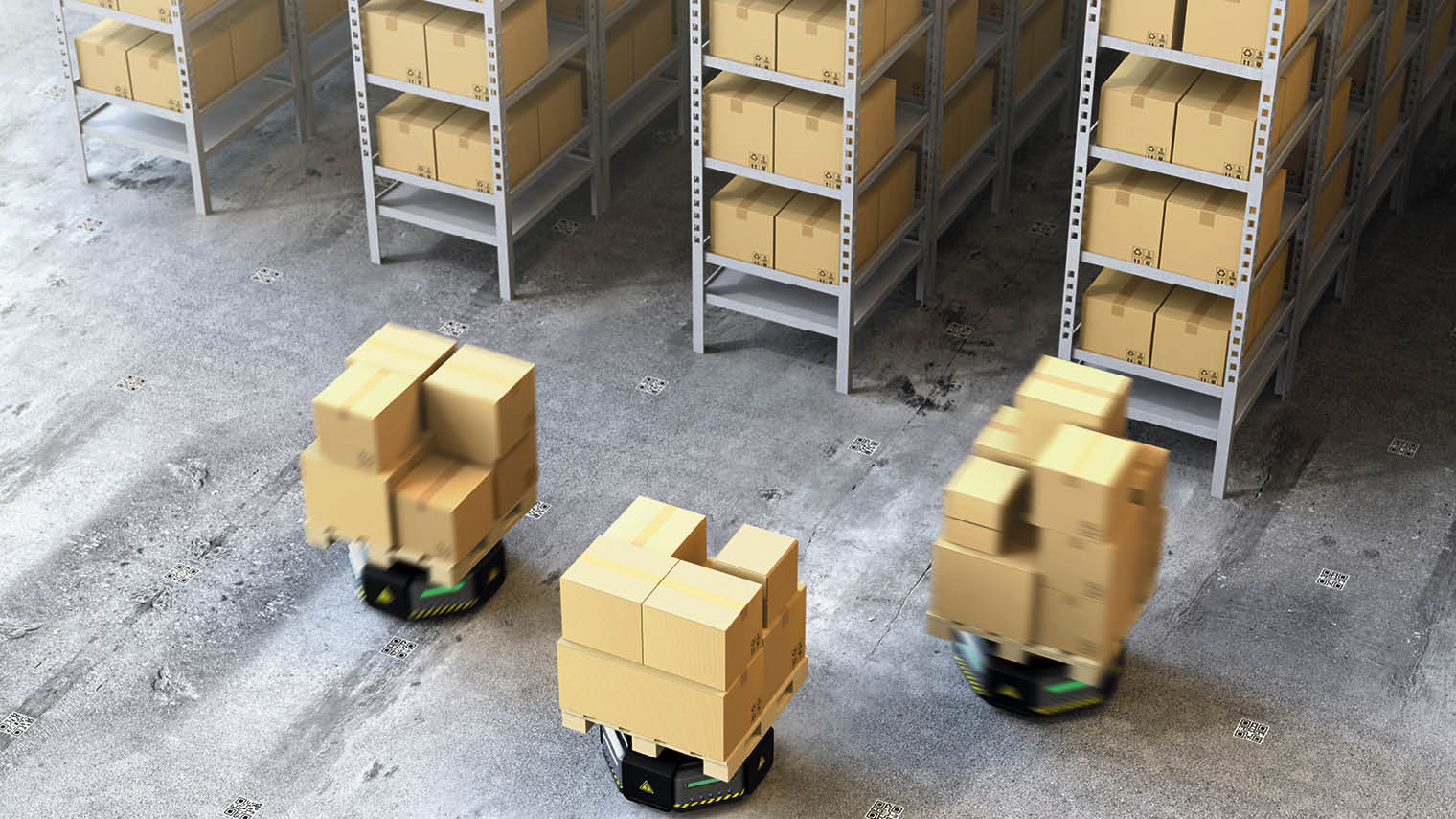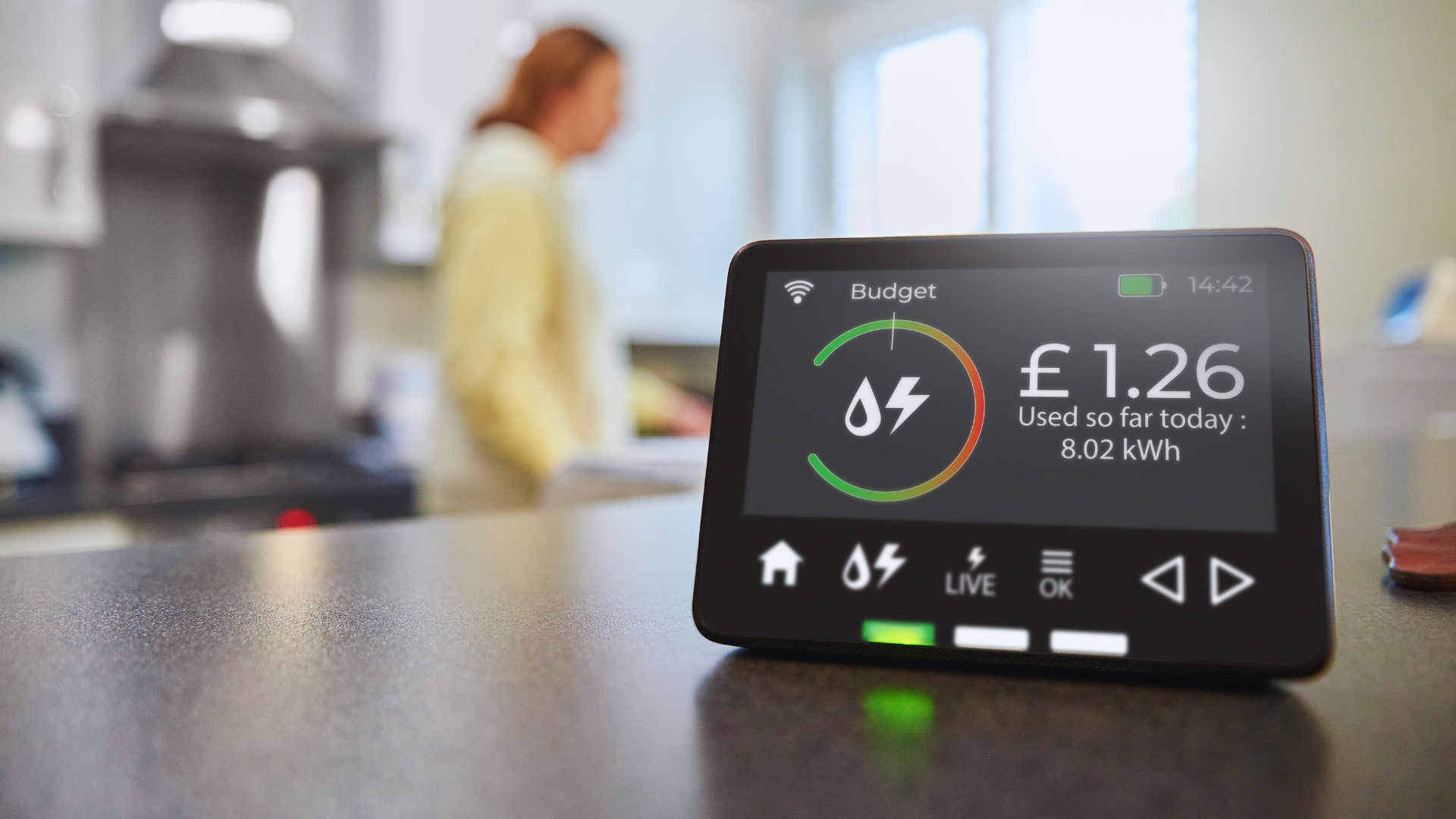How technology is transforming packaging waste recycling – Yahoo Finance

Report on Technological Innovations in Packaging Waste Management and Alignment with Sustainable Development Goals (SDGs)
1.0 Introduction: The Global Challenge of Packaging Waste
The escalating volume of packaging waste presents a significant impediment to global environmental sustainability and the achievement of the United Nations Sustainable Development Goals (SDGs). The expansion of e-commerce and rising consumption patterns have intensified this challenge. This report outlines key technological advancements in packaging waste management, analyzing their role in fostering a circular economy and contributing directly to several SDGs, most notably SDG 12 (Responsible Consumption and Production).
2.0 Advanced Technologies for Material Recovery and Recycling
Innovations in sorting and recycling are fundamental to improving resource efficiency and reducing the environmental impact of packaging waste. These technologies are critical for building the sustainable infrastructure required by SDG 9 (Industry, Innovation, and Infrastructure) and managing urban waste as per SDG 11 (Sustainable Cities and Communities).
2.1 Automated and AI-Powered Sorting Systems
The complexity of modern packaging, often comprising mixed materials, poses a significant barrier to effective recycling. Advanced sorting technologies are overcoming this hurdle:
- Optical Scanners and Near-Infrared (NIR) Sensors: These systems automatically identify and segregate different material types, such as PET, HDPE, and polypropylene, with high precision.
- Artificial Intelligence (AI) and Robotics: Robotic arms integrated with machine learning algorithms enhance sorting lines by recognizing packaging shapes and materials, leading to faster processing and higher purity of recycled streams.
By improving recycling rates and reducing contamination, these technologies directly support Target 12.5 of SDG 12, which aims to substantially reduce waste generation through prevention, reduction, recycling, and reuse. This, in turn, mitigates land and water pollution, contributing to SDG 14 (Life Below Water) and SDG 15 (Life on Land).
2.2 Chemical Recycling Processes
Chemical recycling offers a complementary approach to traditional mechanical methods, breaking down plastics into their molecular constituents. This process is crucial for:
- Processing mixed or contaminated plastic waste that is otherwise unrecyclable.
- Producing high-quality, virgin-like materials, thereby closing the loop in plastic production and supporting a true circular economy in line with SDG 12.
3.0 Innovations in Sustainable Packaging Materials
A proactive approach to waste management involves redesigning packaging to minimize its end-of-life environmental footprint. The development of biodegradable and compostable materials is a key strategy aligned with the principles of responsible production.
3.1 Biodegradable and Compostable Alternatives
Materials derived from natural polymers like starch, cellulose, and polylactic acid (PLA) are designed to decompose under specific conditions. However, their contribution to sustainability is contingent upon robust waste management infrastructure.
- Environmental Benefit: When correctly processed in industrial composting facilities, these materials break down into non-toxic substances, reducing landfill burden and supporting SDG 11.
- Technological Enablers: Smart labeling systems, including QR codes and digital markers, are being deployed to inform consumers and waste handlers of correct disposal routes, ensuring these materials reach appropriate facilities and do not contaminate conventional recycling streams.
4.0 Integration with Circular Economy and Waste-to-Energy Frameworks
A holistic strategy combines advanced recycling with broader circular economy principles and energy recovery solutions, creating a multi-layered system for sustainable waste management.
4.1 Waste-to-Energy (WTE) Systems
For packaging waste that cannot be recycled or composted, WTE technologies provide a sustainable alternative to landfilling. Through processes like incineration, pyrolysis, and gasification, these systems convert residual waste into electricity and heat. This approach directly supports:
- SDG 7 (Affordable and Clean Energy): By generating energy from a non-fossil fuel source.
- SDG 13 (Climate Action): By reducing methane emissions from landfills and displacing energy produced from fossil fuels.
4.2 Circular Economy Integration
The transition to a circular economy is central to achieving SDG 12. Key enablers include:
- Digital Tracking Technologies: Blockchain and IoT sensors enhance supply chain transparency, ensuring packaging waste is effectively collected and reintegrated into production cycles.
- Extended Producer Responsibility (EPR): These policy schemes hold manufacturers accountable for the end-of-life management of their products, incentivizing the design of recyclable packaging and investment in waste management infrastructure, thereby advancing SDG 9.
5.0 Conclusion: An Integrated Path Towards Sustainable Waste Management
The future of packaging waste management depends on an integrated application of advanced sorting technologies, innovative materials, and systemic circular economy frameworks. By leveraging these innovations, stakeholders can transform packaging waste from an environmental liability into a resource, making significant contributions to achieving SDG 7, SDG 9, SDG 11, SDG 12, SDG 13, SDG 14, and SDG 15. This technological transformation is essential for building a sustainable and resource-efficient global economy.
Which SDGs are addressed or connected to the issues highlighted in the article?
-
SDG 12: Responsible Consumption and Production
The article’s central theme is managing packaging waste, which is a direct result of consumption and production patterns. It discusses solutions like recycling, reuse, and the circular economy to “substantially reduce waste generation,” which is the core of SDG 12.
-
SDG 9: Industry, Innovation and Infrastructure
The text extensively covers technological innovations and the upgrading of infrastructure to manage waste. It highlights “advanced sorting technologies,” “chemical recycling,” “digital tracking technologies,” and modern recycling centres, all of which align with building resilient infrastructure and fostering innovation as promoted by SDG 9.
-
SDG 11: Sustainable Cities and Communities
The article addresses the challenge of packaging waste, which is a significant component of municipal waste, particularly in urban areas where consumption is high. By discussing effective waste management systems and reducing landfill reliance, the article connects to the goal of making cities more sustainable and reducing their environmental impact.
-
SDG 7: Affordable and Clean Energy
The mention of “Waste-to-energy (WTE) technologies” that “convert waste materials into usable energy, such as electricity or heat” directly links the issue of waste management to the production of clean energy, a key aspect of SDG 7.
What specific targets under those SDGs can be identified based on the article’s content?
-
SDG 12: Responsible Consumption and Production
-
Target 12.5: By 2030, substantially reduce waste generation through prevention, reduction, recycling and reuse.
The article is fundamentally about this target. It details various methods like “advanced sorting technologies,” “chemical recycling,” and the development of “biodegradable and compostable packaging” to improve recycling and reduce the final volume of waste that is not repurposed.
-
Target 12.4: By 2020, achieve the environmentally sound management of chemicals and all wastes throughout their life cycle… and significantly reduce their release to air, water and soil.
The article discusses the need for “effective packaging waste management technologies” to reduce “environmental harm.” It also mentions Extended Producer Responsibility (EPR) schemes, which hold manufacturers responsible for the “end-of-life management of their packaging,” aligning with the principle of managing waste throughout its lifecycle.
-
Target 12.2: By 2030, achieve the sustainable management and efficient use of natural resources.
The promotion of a “circular economy” that “aims to keep resources in use for as long as possible” and the use of chemical recycling to create “new packaging materials with properties similar to virgin plastics” directly support the efficient use and reuse of natural resources.
-
-
SDG 9: Industry, Innovation and Infrastructure
-
Target 9.4: By 2030, upgrade infrastructure and retrofit industries to make them sustainable, with increased resource-use efficiency and greater adoption of clean and environmentally sound technologies.
The article’s focus on “automated sorting systems,” “robotic arms,” “chemical recycling,” and “modern WTE plants” are prime examples of upgrading industrial processes and infrastructure for sustainability and resource efficiency.
-
Target 9.5: Enhance scientific research, upgrade the technological capabilities of industrial sectors… encouraging innovation.
The text highlights how “innovations and approaches [are] shaping the future of packaging waste management.” The development of “biodegradable and compostable packaging” from “natural polymers” and new “chemical recycling methods” are direct results of enhanced scientific research and innovation in the industrial sector.
-
-
SDG 11: Sustainable Cities and Communities
-
Target 11.6: By 2030, reduce the adverse per capita environmental impact of cities, including by paying special attention to… municipal and other waste management.
The article addresses “packaging waste,” a major part of municipal waste. By exploring technologies that improve collection, sorting, and processing, and “reduce landfill reliance,” it directly contributes to better municipal waste management and reducing the environmental footprint of cities.
-
-
SDG 7: Affordable and Clean Energy
-
Target 7.2: By 2030, increase substantially the share of renewable energy in the global energy mix.
The discussion on “Waste-to-energy (WTE) technologies” that “convert waste materials into usable energy” presents a method for generating energy from a non-fossil fuel source, thereby contributing to increasing the share of alternative energy sources.
-
Are there any indicators mentioned or implied in the article that can be used to measure progress towards the identified targets?
-
For Target 12.5 (Reduce waste generation)
-
Recycling Rates:
The article explicitly states that advanced sorting technologies “improves recycling rates.” This is a direct measure of progress.
-
Volume of Waste to Landfill:
The text mentions that WTE and circular economy principles “reduce the volume of waste sent to landfill” and “reduc[e] landfill reliance.” This is a key indicator of waste reduction.
-
-
For Target 12.4 (Environmentally sound management of waste)
-
Purity of Recycled Materials:
The article notes that robotic sorting allows for “higher purity of recycled materials” and “reduces contamination,” which is an indicator of the quality and effectiveness of waste management.
-
-
For Target 9.4 (Adoption of clean technologies)
-
Adoption of Advanced Technologies:
The extent to which recycling centers “employ automated sorting systems” or the operational capacity of “chemical recycling” and “WTE plants” can serve as an indicator of technology adoption.
-
-
For Target 7.2 (Increase renewable energy share)
-
Amount of Energy Recovered from Waste:
The article mentions that WTE plants “maximise energy recovery” and convert waste into “usable energy, such as electricity or heat.” Measuring the output of these plants is a direct indicator of progress.
-
Table of SDGs, Targets, and Indicators
| SDGs | Targets | Indicators (Mentioned or Implied in the Article) |
|---|---|---|
| SDG 12: Responsible Consumption and Production | 12.5: Substantially reduce waste generation through prevention, reduction, recycling and reuse. |
|
| 12.4: Achieve the environmentally sound management of chemicals and all wastes throughout their life cycle. |
|
|
| 12.2: Achieve the sustainable management and efficient use of natural resources. |
|
|
| SDG 9: Industry, Innovation and Infrastructure | 9.4: Upgrade infrastructure and retrofit industries to make them sustainable… with greater adoption of clean and environmentally sound technologies. |
|
| 9.5: Enhance scientific research, upgrade the technological capabilities of industrial sectors… encouraging innovation. |
|
|
| SDG 11: Sustainable Cities and Communities | 11.6: Reduce the adverse per capita environmental impact of cities, including by paying special attention to… municipal and other waste management. |
|
| SDG 7: Affordable and Clean Energy | 7.2: Increase substantially the share of renewable energy in the global energy mix. |
|
Source: finance.yahoo.com

What is Your Reaction?
 Like
0
Like
0
 Dislike
0
Dislike
0
 Love
0
Love
0
 Funny
0
Funny
0
 Angry
0
Angry
0
 Sad
0
Sad
0
 Wow
0
Wow
0






































































![Lancaster homeowner’s energy-efficient renovation sparks clash over historic preservation [Lancaster Watchdog] – LancasterOnline](https://bloximages.newyork1.vip.townnews.com/lancasteronline.com/content/tncms/assets/v3/editorial/9/ed/9ed03d32-c902-44d2-a461-78ad888eec38/69050b156baeb.image.png?resize=150,75#)






